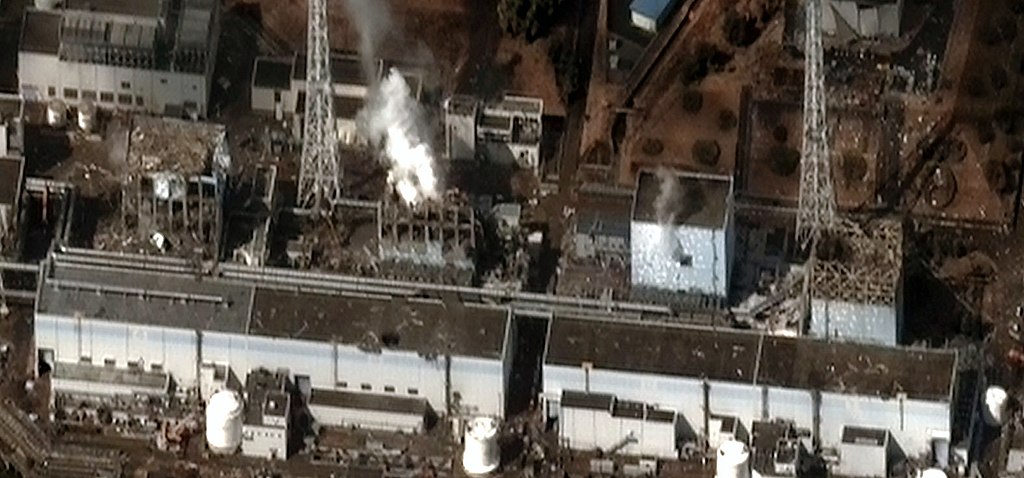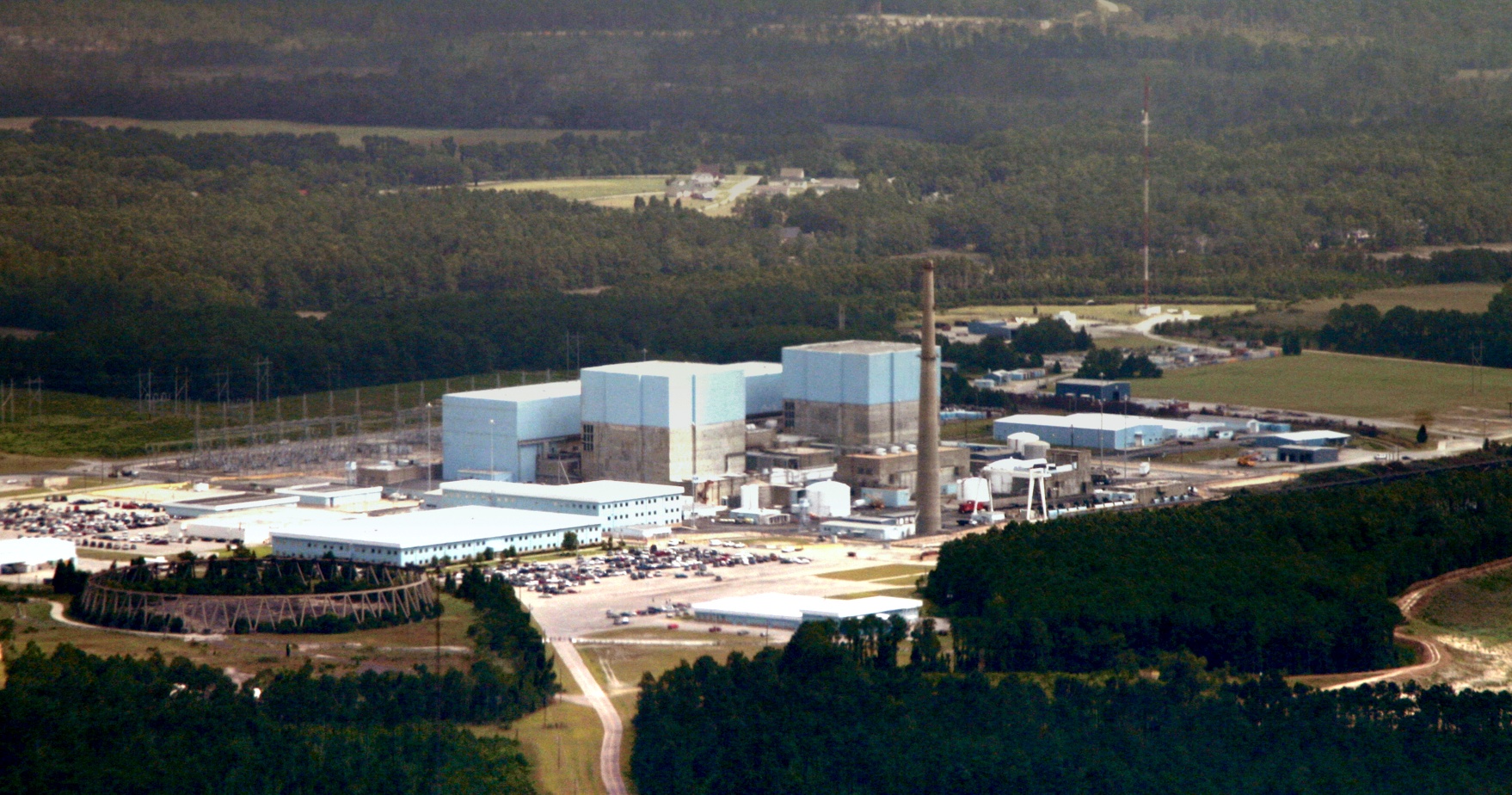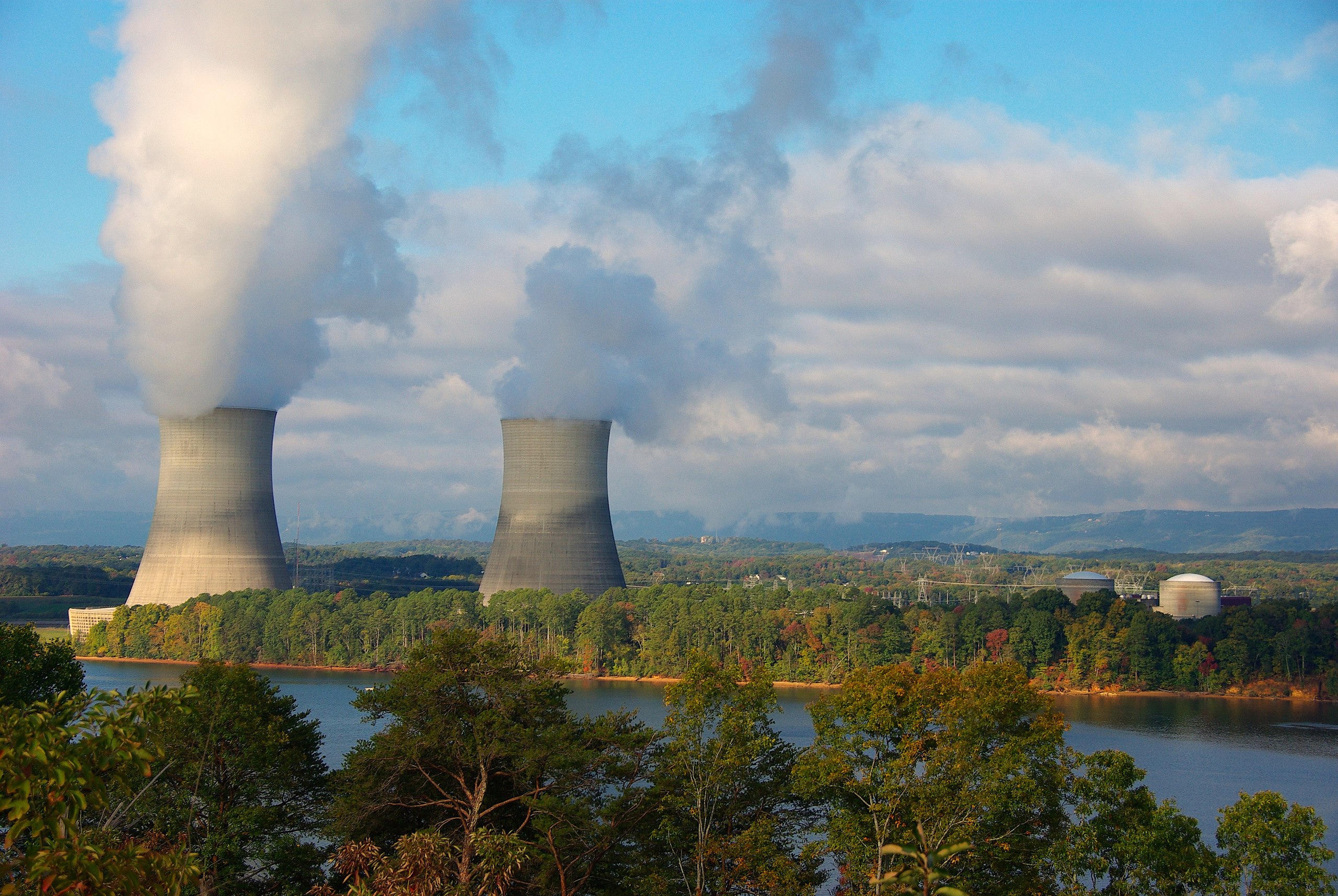
Do We Really Need Nuclear Power for “Baseload” Electricity?
The many safety, security, cost and reliability concerns with nuclear power suggest that the nation should move urgently toward development of a cleaner, balanced and reliable electricity system built on the efficient use of renewable resources.
Nuclear power proponents argue that nuclear plants are the only carbon-free alternative to coal or other fossil fuels for “baseload” power. However, the need for baseload power is vastly exaggerated and there are sources of carbon-free baseload power other than nuclear. Moreover, nuclear power is a competitor with, not a complement to, clean sources of electricity.
What is baseload power?
Demand for electricity varies tremendously from day to day and even minute to minute. The amount of electricity consumed on a hot summer evening can be two to three times greater than the amount consumed in the middle of the night during temperate weather.
“Baseload” power plants are intended to supply the minimum amount of electricity that is always in demand.
There are both technical and economic reasons why nuclear power plants only serve baseload demand. Technically, nuclear power plants cannot be efficiently turned off and on with the flip of a switch. They supply power 24/7 because they must run 24/7 (except for periods of scheduled maintenance, which tend to occur during seasons of low demand).
Economically, nuclear power plants are extraordinarily costly to build but very cheap to operate. The prospective builder of a nuclear power plant, then, must be assured of the ability to sell large amounts of power to the grid (or large subsidies from ratepayers and/or the government) in order to recoup the initial investment. As a result, an operating nuclear power plant will always run to the maximum extent possible.
Do we need new nuclear power plants?
Just because there is such a thing as “base load” – a minimum level of power that is always in demand – does not mean that we need things called “baseload power plants” to serve that load.
Nuclear power plants have historically been considered good resources for meeting base load because they produce large amounts of dependable* power at low operating costs. But there are several new developments that make the traditional conception of “baseload” power obsolete.
The first is the emergence of low-cost renewable energy. America has tremendous potential for renewable energy, including offshore and onshore wind power which, like nuclear power, produces electricity at all hours of the day and night. While nuclear power may have low operating costs, wind farms have near-zero costs of operation, meaning that they will always supply electricity to the grid, including during periods of off-peak demand.
The second is the emergence of many new tools to balance supply and demand on the electric grid without the use of “baseload” nuclear power.
- Grid operators can use a variety of tools to make intermittent renewable resources like wind operate more like baseload resources. Research shows that the variability of wind power can be vastly reduced by spreading wind turbines out over a large geographic area. In addition, wind power can be integrated with energy storage technologies to produce reliable electricity.
- Energy sources such as geothermal energy have the capability to produce consistent electricity 24/7, operating as true baseload resources in their own right.
- Demand-side approaches – including strong energy efficiency measures and demand-side management programs – can reduce the base load and provide the opportunity to curb demand at times when renewable electricity production is unexpectedly low.
- Energy storage – including batteries for plug-in vehicles – can be paired with smart grid technologies to store renewable electricity and release it to the grid when needed.
The beauty of these approaches is that they address one of nuclear power’s biggest weaknesses: the fact that it can only generate electricity in large, all-or-nothing chunks. Many of the above solutions are distributed across the grid, meaning that the simultaneous failure of a few units need not bring down the entire electric grid.
It was the potential for these new methods of balancing supply and demand that led Federal Energy Regulatory Commission Chairman Jon Wellinghoff to say in 2009, “I think base-load capacity is going to become an anachronism.” … “We may not need any [new nuclear or coal plants], ever.”
Nuclear power competes with renewable energy
Embracing an electricity system that is built on the notions of distributed production of electricity, sophisticated balancing of supply and demand, and overwhelming reliance on clean, renewable sources of energy will not be easy, and it will require investment. However, so would efforts to rebuild our electricity system around massive, inflexible, centrally located nuclear power plants, as our previous research has documented.
America can’t have it both ways. We face a fundamental choice in how we build our electricity system for the future – one that pits investments in nuclear power against investments in the clean, flexible, resilient technologies that can lead us to a safer and more sustainable energy future.
The many safety, security, cost and reliability* concerns with nuclear power suggest that the nation should move urgently toward development of a cleaner, balanced and reliable electricity system built on the efficient use of renewable resources.
* Nuclear power plants are often described as “reliable,” which they are … right up until they’re not. While well-run nuclear plants can produce electricity as much as 90% of the time, when nuclear plants go offline unexpectedly, they can create major strain on electricity grids. For example, when a substation failure triggered the shutdown of two nuclear reactors at Turkey Point in southern Florida in February 2008, at least 2 million customers in the Miami area lost power for up to five hours – causing traffic jams, stranding people in elevators, and widely disrupting business. And when reactors do go offline due to mechanical problems, they can stay offline for a long period of time. Of all 132 nuclear reactors ever built in the United States, 28 shut down prematurely because of cost or reliability problems, or in the case of Three Mile Island Unit 2, a near-meltdown. Problems at another 35 reactors resulted in one or more outages of at least one year.
Authors
Tony Dutzik
Associate Director and Senior Policy Analyst, Frontier Group
Tony Dutzik is associate director and senior policy analyst with Frontier Group. His research and ideas on climate, energy and transportation policy have helped shape public policy debates across the U.S., and have earned coverage in media outlets from the New York Times to National Public Radio. A former journalist, Tony lives and works in Boston.
Find Out More

What’s the worst that can happen? Fukushima, complexity and inherent risk

Nuclear Power Plants in the Path of Hurricane Florence


